DIY Concrete Butterfly Puddler- Attract Butterflies!

Make a DIY concrete butterfly puddling station! Attract butterflies to your garden with a watering station for butterflies.
Did you know that butterflies have an impact on our entire ecosystem?
They are pollinators like bees and hummingbirds and pollinators are important because ⅓ of plants need pollination to reproduce.
And many species of butterflies have become endangered, or are at least threatened.
For now here’s a good way to add some garden art to your yard and get started attracting butterflies to your garden. Puddles!
Water puddles provide nutrients for butterflies. They even prefer drinking out of puddles on a driveway or concrete sidewalk to a bird bath, as most bird baths are too deep for them.
By making a shallow watering station that contains sand and water, you are providing a place for butterflies to get nourishment with a safe place to land.
The water in a puddler provides minerals like salt, which is a beneficial nutrient. The reason for adding sand to this concrete butterfly puddler serves two purposes.
One is that it helps give the butterflies a place to land because they are unable to land on top of open water and the sand provides a firm landing spot.
The other benefit is that sand also contains salt, an essential mineral for their diet.
Another material you can add to help with nourishment is manure.
Just be sure that whatever you add to your concrete puddler, that it doesn’t contain any fertilizer or additives.
When looking for a suitable object to use for creating a puddling station, you’ll want to look for a shallow dish or tray with sloped sides. Something that is 1 ½-3” deep is suitable.
It’s important that the water in the station doesn’t become deeper than 1/8 to 1/4” in most areas.
I found my tray at Dollar Tree which was 1 ½” deep. However, I built it up with sand during the concrete casting process to make it deeper at 3”.
I then made concrete rocks, each with slightly different heights and sloped sides so that I won’t need to refill it as often on hot, sunny days when the water levels drop.
By making multiple landing spaces with different heights, there’s flexibility with water levels.
In most weather conditions, the butterflies can still land. I’m all about making things low maintenance!
And you might be wondering if concrete is a safe material for butterflies to drink from. It is.
However, if you don’t plan to paint your concrete butterfly puddler, then you can take an extra precaution.
You can soak it with water for three days, and change the water out with fresh water each day. This will leach out much of the alkalinity from the compounds in concrete.
The only material you will need, in addition to what’s listed above is nylon trouser socks or pantyhose. Skip the adding of pigment, as well as holes for the plant and drainage.
Tutorial Steps For Making A DIY Concrete Butterfly Puddling Station
STEP 1 : Build Up The Depth Of The Tray
First, add play sand to a bucket and then add some water so that the sand is damp.
Now take a plastic garbage bag or plastic table cloth and lay it on your work surface and place the large tray upside down on top.
Scoop the sand onto the tray to give it a little more depth. You’ll notice your treaty probably has an edge where it would sit when it’s right side up.
Normally, if we were putting cement directly on top of this tray, when it was time to demold, we would have trouble because of this protruding edge.
The sand will eliminate this problem, plus give us the added depth we need.
Build the sand up to whatever depth you want your butterfly puddling station to be.
I made mine 3” in the center and sloped the sides so it became less shallow.
Now smooth the sand around the tray so you have nice even sides. And try to get a nice transition to where the protruding edge is.
You can measure the height of your highest point in the sand by taking two rulers and laying one flat across the top and the other horizontally on the table to see where they meet.
When you are satisfied with how your sand is molded, tear a piece of plastic wrap and place it over the sand and then spray it with vegetable oil spray.
Make this piece a couple of inches longer than the tray and tape it underneath the tray with painter’s tape to secure it. I didn’t do this but realized after it would have made it easier.
This will make spreading the cement across the sand easier because otherwise as you are spreading, you will be pulling sand back up into the cement and it may take chunks of the sand with it.
Try to get the plastic wrap smooth and tuck it under the corners as best you can.
STEP 2 : Mix The Cement And Cast And Mold The Puddling Station
**If you love making concrete projects, then check out my Pocket Guide to Concrete Mixes! I tested 6 mixes and made a handy reference chart. It's a FREE download. 😉
Mix the cement to a thick brownie batter consistency. This needs to be spreadable but not too runny.
Place the mixture on top of the sand and start spreading it over the mound. Continue adding more mixture and spreading.
In the end, the concrete puddler should be a little more than ½” thick, but you don’t need the very first layer to be exactly that.
Just place it on and spread it so the sand covered plastic is fully covered with cement.
Now take a craft stick and press it into the cement in several locations around the sand.
Check to see where you need to add more cement to build it up to the proper thickness, or maybe where you need to take some away.
Pay attention to the edges and take care that these are also the same thickness.
Once you think you have it at the right thickness, then work on smoothing the bottom of the puddler out. You won’t really see this, so make it as smooth as you’d like.
Once you have it close, you can also dip your fingers in water and then place your fingers on the cement and run them over the cement for a final sort of glazing to keep it smooth.
You will want your concrete puddling station to sit flat, so depending on how much the cement has set, now is probably a good time to create a flat bottom.
To do this, the cement should be somewhat firm, but definitely not hard. Even if it’s still soft you can do this, it’s just easiest to do just as it’s getting a little firm.
Take the popsicle stick and shave the rounded part of the puddler off. Get down to it so you are eye-level and make it as level as you can.
Then take your small level and place it on top to check to see if it’s level. Shave a little more if you need to.
Unfortunately, I couldn’t find my level, so I had to eye-it.
Now let this cure. Depending on climate conditions, it will probably take about 1 ½ hours.
STEP 3 : Demold The Concrete Butterfly Puddle Station
To remove the puddler from the mold, just carefully flip it over and place it right side up on the table.
You should be able to lift the tray right off. Scoop off all the sand and dust if with a rag.
Some of the plastic wrap may stick in some folds of the cement.
If this happens, use a #60 grit sanding sponge, or a high grit sandpaper sandpaper to sand where the folds are to pull it out.
You probably have pin holes from spraying the area where the plastic wrap was, but this is normal and the butterflies won’t mind.
Sand any rough edges and then wipe it down with a wet paper towel before painting. Be sure the cement is dry before painting- see Step 6.
STEP 4 : Make Concrete River Stones For The Bottom Of The Station- Optional
* If you want to make your own concrete river stones, instead of purchasing some, then take a look at the DIY Cement Stone Planter tutorial and follow those steps. 
You will skip adding pigment to the cement, as well as skip adding a space for the soil and drainage.
I made 4 different rocks, each at different heights and widths. You can paint the rocks once the cement is dry. Just follow the same instructions for the puddler below to paint the rocks.
STEP 5 : Paint The Concrete Butterfly Puddler
Note: You can use either the concrete sealer or paint sealer, as long as they are water based.
Both will be safe for the butterflies and protect from fading, but you may need to touch up the paint over time.
Once the cement is completely dry, paint the butterfly puddler and cement stones. I spray painted mine. First, I applied one coat of spray to the top of the puddler and of each stone.
After letting it dry, I applied a coating of the clear top coat to the stones and puddler.
I did it in this order because using the 2X acrylic paint, if I waited more than an hour to apply the top coat, then I had to wait another 24 hours to apply it.
Then after the first sides dried, I flipped everything over and painted the second sides. Again, I let these dry and applied the top coats.
FINAL STEP : Assemble The Items For Inside The Puddler
I pre-washed my sand because some concrete accidentally got in there, but you can place yours inside the puddler while it’s dry.
First, pour in the sand and then place your stones around the puddler in different locations.
The goal is to provide as many options as possible for the butterflies to land on, depending on how full the concrete puddler is.
Remember, they can also land on the sand.
The location you place the puddler should be near or near plants that attract butterflies, or a butterfly garden (if you have one).
Once it is in its final location, fill up a bucket or a watering can with water and pour it in. I filled mine to just below the rim.
I decided to keep mine in a location where I see them flying frequently. It’s not in the wide open, but I think it’s still in good view for the butterflies.
It can take a while for butterflies to find the puddler so give it several weeks before trying a new location. Much like birds and bird baths, patience might be needed.
For a few other great concrete yard art projects, check out the Concrete Garden Owl, Garden Gnome and the Bird Bath. —Which you can see on my site ArtsyPrettyPlants.com, under the Outdoor Decor section - linked below this post.
Enjoyed the project?
Resources for this project:
See all materials
Comments
Join the conversation
-
 Paa62351844
on Jun 20, 2023
Paa62351844
on Jun 20, 2023
bits and pieces
-
-
 Caroline Sheldon
on Jun 20, 2023
Caroline Sheldon
on Jun 20, 2023
👍️
-



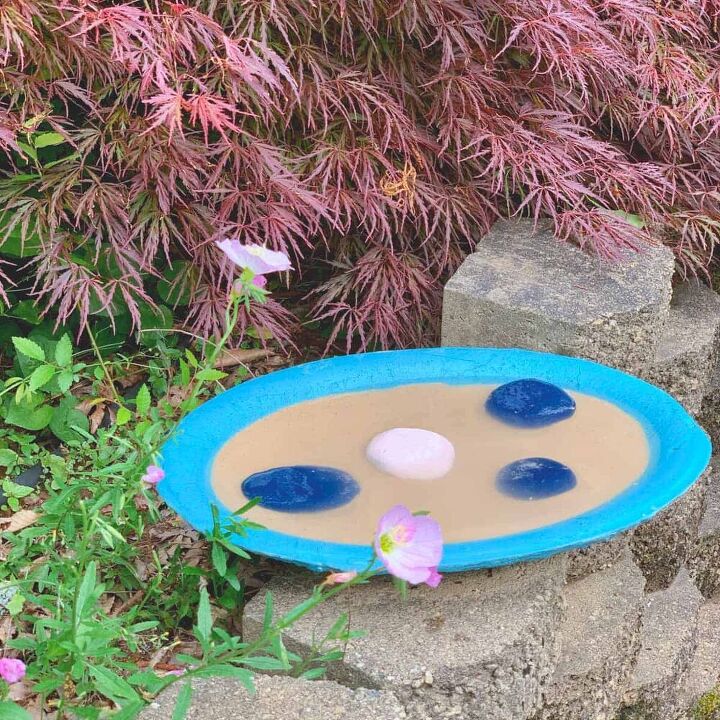


































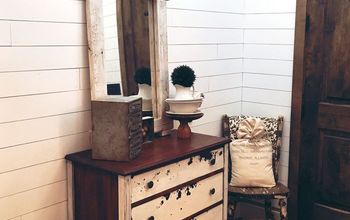
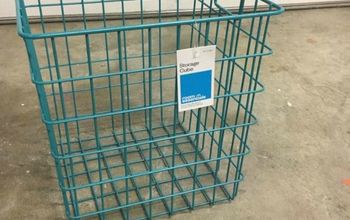





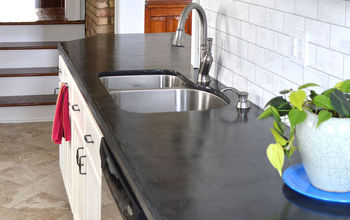
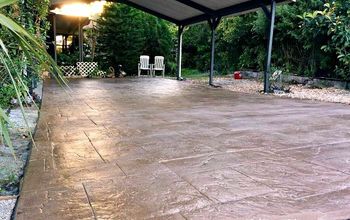
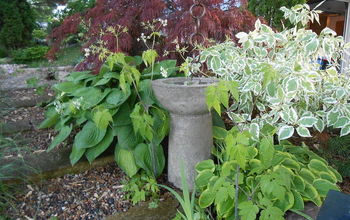
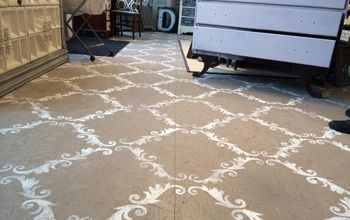
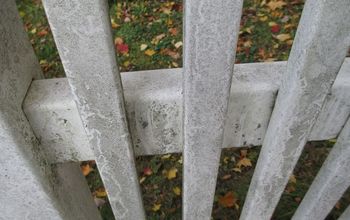
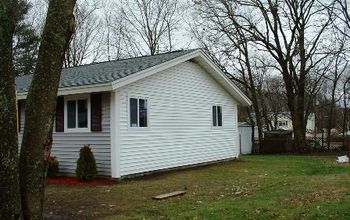

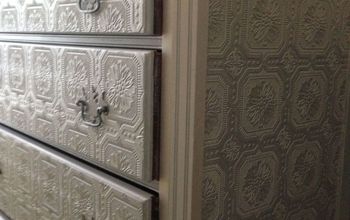


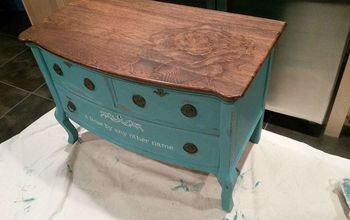
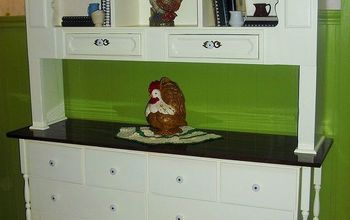
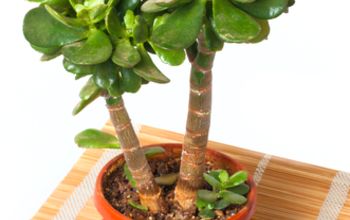



Frequently asked questions
Have a question about this project?
Why concrete??
Wouldn't a frizby work? At the end you have wet sand, water and different size rocks... correct?
this would work for tortoise pond so can turn up if needed not good swimmers when young and most water containers are slick